Home>Storage & Organization>Kitchen Organizing Tools>How To Litter Box Train A Rabbit
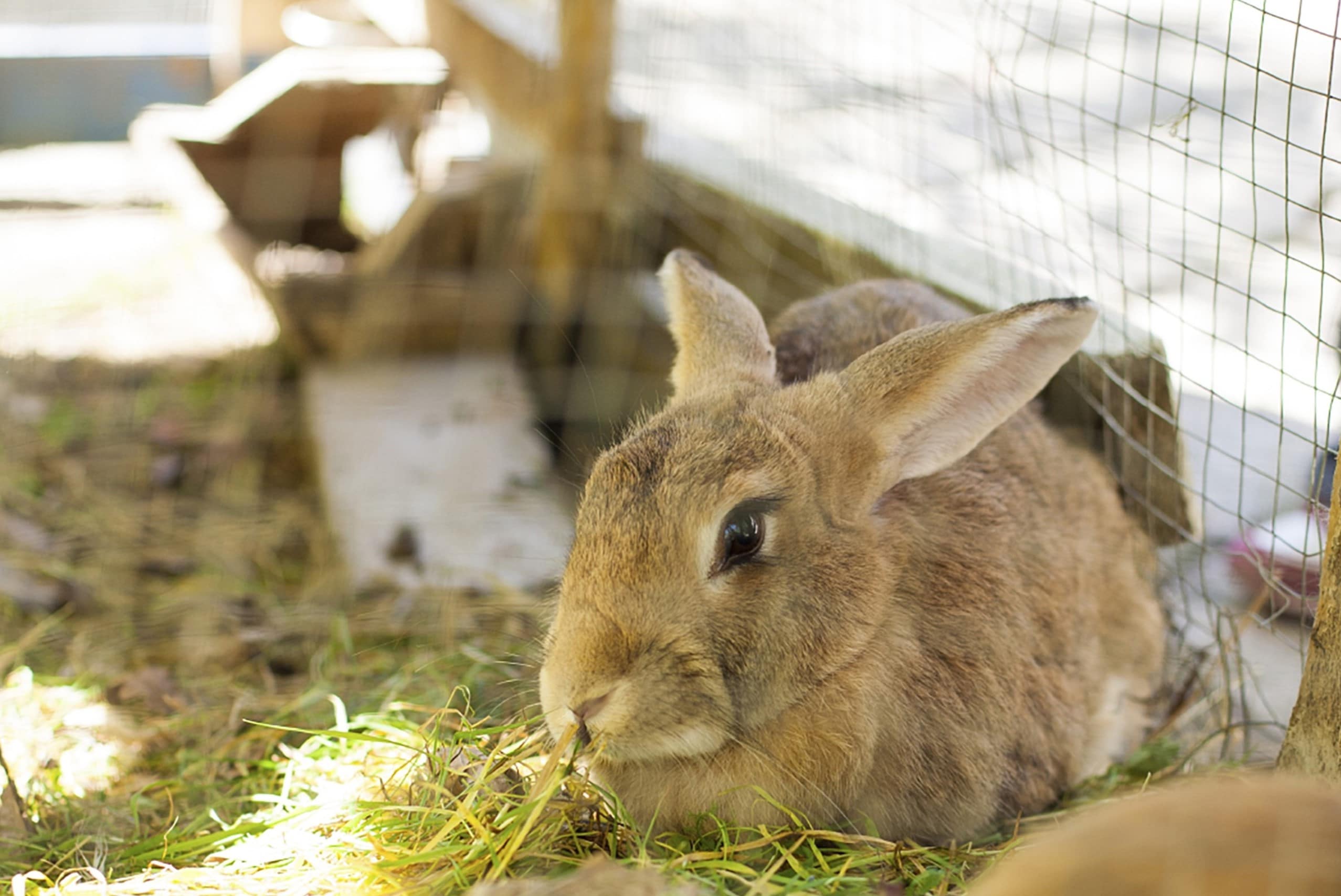

Kitchen Organizing Tools
How To Litter Box Train A Rabbit
Published: February 23, 2024
Learn how to litter box train a rabbit with the best kitchen organizing tools. Discover effective tips and products for a clean and tidy living space.
(Many of the links in this article redirect to a specific reviewed product. Your purchase of these products through affiliate links helps to generate commission for Storables.com, at no extra cost. Learn more)
Introduction
Litter box training a rabbit is an essential aspect of responsible rabbit ownership. Whether you're a new rabbit parent or looking to improve your rabbit's litter habits, understanding the fundamentals of litter box training is crucial for a harmonious cohabitation with your furry friend. By providing the right tools, environment, and guidance, you can successfully teach your rabbit to use a litter box, minimizing mess and fostering a clean living space for both you and your pet.
Litter box training is not only beneficial for maintaining a tidy living area but also for the overall well-being of your rabbit. When rabbits are litter box trained, it becomes easier to monitor their health through their litter habits. Additionally, a well-trained rabbit is more likely to enjoy indoor freedom, as they can roam without leaving a trail of droppings behind.
In this comprehensive guide, we will delve into the intricacies of litter box training for rabbits, covering everything from selecting the appropriate litter box and litter to placement strategies and troubleshooting common issues. By the end of this guide, you will be equipped with the knowledge and confidence to embark on the journey of litter box training your beloved rabbit, creating a harmonious and hygienic living environment for both of you.
Key Takeaways:
- Choosing the right litter box and litter is crucial for successful rabbit training. Consider size, material, and accessibility to create a comfortable and inviting environment for your furry friend.
- Strategic placement, positive reinforcement, and consistent maintenance are key to encouraging your rabbit to use the litter box. With patience and attentiveness, you can create a harmonious living space for both you and your beloved rabbit.
Read more: How To Litter Box Train A Rat
Choosing the Right Litter Box
Selecting the right litter box is a crucial first step in successfully litter box training your rabbit. When choosing a litter box, consider the following factors to ensure it meets the specific needs of your rabbit:
Size and Accessibility
The litter box should be spacious enough to accommodate your rabbit comfortably. A larger size allows ample room for your rabbit to move around and assume natural postures while using the box. Additionally, opt for a low-entry litter box to facilitate easy access for your rabbit, especially if they are young, elderly, or have mobility issues.
Material and Durability
Choose a litter box made of durable, easy-to-clean material such as plastic. Avoid boxes with sharp edges or rough surfaces that may cause discomfort or injury to your rabbit. Additionally, select a sturdy litter box that can withstand your rabbit's natural tendency to chew and dig.
Corner or Freestanding
Consider whether a corner or freestanding litter box would be more suitable for your rabbit's living space. Corner litter boxes are designed to fit snugly in cage corners, optimizing space in smaller enclosures. Freestanding litter boxes, on the other hand, offer versatility and can be placed in various locations within your rabbit's habitat.
Read more: What To Put In A Rabbit Litter Box
Litter Guard
Some litter boxes come with a built-in guard to prevent litter from spilling out onto the surrounding area. This feature can help contain mess and reduce the effort required for cleaning up scattered litter.
Multiple Exits
Opt for a litter box with multiple exits or an open-top design, providing your rabbit with alternative escape routes in case they feel trapped or anxious while using the box.
By carefully considering these factors and selecting a litter box that aligns with your rabbit's needs and living environment, you can lay a solid foundation for successful litter box training. The right litter box not only promotes your rabbit's comfort and safety but also contributes to a positive litter box training experience for both you and your furry companion.
Choosing the Right Litter
Selecting the appropriate litter for your rabbit's litter box is a critical decision that directly impacts their comfort, hygiene, and overall litter box training experience. When choosing the right litter, it's essential to prioritize safety, absorbency, odor control, and compatibility with your rabbit's habits. Here are key considerations to guide you in making an informed choice:
Absorbency and Odor Control
Opt for a litter that offers superior absorbency to effectively manage your rabbit's waste. Look for options specifically designed for small animals, as they are formulated to absorb moisture and control odors efficiently. Natural paper-based litters and compressed wood pellets are popular choices due to their high absorbency and odor-neutralizing properties.
Read more: How To Train A Ferret To Use A Litter Box
Dust-Free Formulation
Rabbits are sensitive to airborne particles, making it crucial to choose a litter with minimal dust. Dust-free litters contribute to better respiratory health for your rabbit and a cleaner living environment for both of you. Consider litters labeled as dust-free or low-dust to minimize respiratory irritants.
Non-Toxic and Ingestion Safety
Given your rabbit's natural tendency to nibble and explore their surroundings, it's imperative to select a litter that is non-toxic and safe for ingestion. Avoid litters containing chemicals, additives, or aromatic substances that may pose health risks if ingested by your rabbit. Natural, biodegradable litters made from materials such as paper, hay, or plant-based fibers are generally safer options.
Texture and Comfort
Consider the texture of the litter to ensure it is gentle on your rabbit's delicate paws. Soft, non-abrasive litters provide comfort and minimize the risk of foot injuries or discomfort for your rabbit. Additionally, rabbits may be more inclined to use a litter that feels pleasant under their paws, promoting successful litter box training.
Environmental Impact
Prioritize environmentally friendly litters that are biodegradable and sustainably sourced. By choosing eco-conscious options, you contribute to environmental sustainability while providing a safe and natural living environment for your rabbit.
By carefully evaluating these factors and selecting a litter that aligns with your rabbit's needs and well-being, you can create a conducive and hygienic litter box environment. The right litter not only supports successful litter box training but also promotes your rabbit's health and comfort, fostering a harmonious living space for both of you.
Read more: Why Is My Rabbit Not Using The Litter Box
Placing the Litter Box
The strategic placement of the litter box plays a pivotal role in the success of litter box training for rabbits. By thoughtfully selecting the location for the litter box, you can encourage your rabbit to develop consistent litter habits while ensuring their comfort and convenience. Consider the following guidelines when determining the optimal placement for your rabbit's litter box:
Accessibility and Privacy
Choose a quiet and low-traffic area for the litter box to provide your rabbit with a sense of privacy and security while using it. Avoid placing the litter box near loud appliances, high-traffic areas, or areas frequented by other pets, as these factors can cause stress and deter your rabbit from using the box consistently. Additionally, ensure that the litter box is easily accessible to your rabbit, especially if they have limited mobility or are prone to accidents.
Proximity to Living Spaces
Place the litter box in close proximity to your rabbit's primary living and activity areas. This proximity encourages your rabbit to associate the litter box with their living space, making it more likely for them to use it consistently. If your rabbit has free roam of a specific room or area, consider situating multiple litter boxes in different locations to provide convenient access wherever they may be.
Multiple Levels and Enclosures
If your rabbit has access to multiple levels or enclosures within their living space, consider situating a litter box on each level or in each enclosure. This approach ensures that your rabbit always has easy access to a litter box, minimizing the likelihood of accidents and promoting consistent litter box usage throughout their environment.
Read more: How Often To Clean A Rabbit Litter Box
Ventilation and Temperature
Ensure that the chosen location for the litter box offers adequate ventilation and maintains a comfortable temperature for your rabbit. Proper ventilation helps prevent the accumulation of odors and moisture, creating a more hygienic and inviting environment for your rabbit to use the litter box. Additionally, avoid placing the litter box in areas exposed to direct sunlight or extreme temperature fluctuations, as these conditions can affect your rabbit's comfort and willingness to use the box.
By carefully considering these placement guidelines and selecting locations that prioritize your rabbit's comfort, convenience, and sense of security, you can create an environment conducive to successful litter box training. Thoughtful placement of the litter box not only encourages consistent litter habits but also contributes to a harmonious and hygienic living space for both you and your beloved rabbit.
Encouraging Use of the Litter Box
Encouraging your rabbit to use the litter box consistently involves a combination of positive reinforcement, environmental cues, and attentive observation of your rabbit's behavior. By implementing the following strategies, you can effectively guide your rabbit towards embracing the litter box as their designated elimination area, fostering a clean and harmonious living environment for both of you.
Positive Reinforcement
Positive reinforcement is a powerful tool for shaping your rabbit's behavior towards using the litter box. Whenever you observe your rabbit using the litter box correctly, offer verbal praise, gentle petting, or a small, rabbit-safe treat as a reward. This positive association reinforces the desired behavior and encourages your rabbit to continue using the litter box. Consistency in providing positive reinforcement is key to establishing a strong connection between the litter box and positive experiences for your rabbit.
Litter Box Placement
Strategic placement of the litter box can significantly influence your rabbit's willingness to use it. If your rabbit has a preferred spot for eliminating waste within their living space, consider initially placing the litter box in that location. As your rabbit becomes accustomed to using the litter box, you can gradually move it to a more suitable area, ensuring a smooth transition while maintaining their established litter habits.
Read more: How To Train A Cat To Pee In The Litter Box
Regular Monitoring and Adjustment
Consistently monitor your rabbit's behavior and litter box usage patterns to identify any challenges or preferences. If you notice that your rabbit consistently eliminates waste in a specific area outside the litter box, consider placing a second litter box in that location. This proactive approach accommodates your rabbit's preferences while gradually guiding them towards using the designated litter box.
Gentle Guidance and Patience
When introducing your rabbit to the litter box or addressing any reluctance to use it, exercise patience and gentle guidance. Avoid forcing your rabbit into the litter box or displaying frustration, as this can create negative associations and hinder the training process. Instead, gently place your rabbit in the litter box after meals or naps, providing gentle encouragement and allowing them to explore the box at their own pace.
Consistent Maintenance and Cleanliness
Maintaining a clean and inviting litter box is essential for encouraging your rabbit to use it consistently. Regularly remove any soiled litter and replenish it with fresh litter to ensure a hygienic environment. Additionally, promptly clean any accidents outside the litter box with pet-safe cleaning products to prevent lingering odors that may deter your rabbit from using the designated area.
By implementing these strategies and maintaining a patient, positive, and attentive approach, you can effectively encourage your rabbit to embrace the litter box as their preferred elimination area. Through consistent reinforcement and thoughtful adjustments, you can guide your rabbit towards developing reliable litter habits, contributing to a harmonious and hygienic living space for both you and your beloved rabbit.
Cleaning and Maintenance
Maintaining a clean and hygienic litter box is essential for the well-being of your rabbit and the success of litter box training. Regular cleaning and maintenance not only promote a healthy living environment but also encourage your rabbit to consistently use the designated litter box. Here's a detailed overview of the key aspects of cleaning and maintaining your rabbit's litter box:
Read more: How To Make A Rabbit Litter Box Not Smell
Daily Spot Cleaning
Performing daily spot cleaning of the litter box is crucial to remove soiled litter and maintain a fresh environment for your rabbit. Using a small scoop or trowel, carefully remove any soiled litter and droppings from the box. Dispose of the waste in a designated trash receptacle, ensuring proper hygiene and odor control. Spot cleaning also allows you to monitor your rabbit's waste, enabling you to promptly identify any changes in consistency or frequency that may indicate underlying health issues.
Regular Litter Replacement
Regularly replacing the litter in the box is essential to uphold cleanliness and odor control. Depending on the type of litter used, follow the manufacturer's recommendations for frequency of complete litter changes. When replacing the litter, thoroughly clean the litter box with mild, rabbit-safe soap and water, ensuring the removal of any residual waste or odor. Allow the box to dry completely before adding fresh litter, maintaining a clean and inviting space for your rabbit.
Odor Control Measures
Incorporate odor control measures to minimize unpleasant smells and maintain a fresh environment. Consider using natural odor-neutralizing products specifically designed for small animal habitats. Additionally, placing a small amount of hay or straw in a corner of the litter box can help absorb odors and encourage your rabbit to engage in natural foraging behaviors, contributing to a more enriching litter box experience.
Deep Cleaning and Disinfection
Periodically, perform a deep cleaning and disinfection of the litter box to eliminate bacteria and prevent the buildup of persistent odors. Use a pet-safe disinfectant or a solution of white vinegar and water to thoroughly clean the box, ensuring all surfaces are sanitized. Rinse the box thoroughly and allow it to air dry before reintroducing fresh litter. Deep cleaning not only maintains hygiene but also prolongs the lifespan of the litter box.
Read more: How To Train A Dog To Use A Litter Box
Monitoring Health Indicators
While cleaning the litter box, take the opportunity to observe your rabbit's waste for any signs of health issues. Changes in the color, consistency, or frequency of droppings can serve as indicators of underlying health concerns, prompting timely veterinary attention. By staying vigilant during the cleaning process, you can actively monitor your rabbit's health and well-being.
By prioritizing regular cleaning and maintenance of the litter box, you create a clean, inviting, and hygienic environment that encourages your rabbit to consistently use the designated area for elimination. Additionally, maintaining a clean litter box contributes to a harmonious cohabitation, promoting the well-being and comfort of both you and your beloved rabbit.
Common Issues and Troubleshooting
Litter box training a rabbit can present various challenges, and being prepared to troubleshoot common issues is essential for maintaining progress and addressing any setbacks. By understanding the potential hurdles and implementing effective solutions, you can navigate through common issues encountered during the litter box training process.
Inconsistent Litter Box Usage
If your rabbit exhibits inconsistent or declining litter box usage, consider reassessing the placement and accessibility of the litter box. Ensure that the box is situated in a quiet, low-traffic area and remains easily accessible to your rabbit. Additionally, review any recent changes in their living environment or routine that may have contributed to the shift in behavior. By reintroducing positive reinforcement and closely monitoring your rabbit's habits, you can encourage a return to consistent litter box usage.
Accidents Outside the Litter Box
Accidents outside the litter box may occur during the training process, often due to territorial marking, stress, or health concerns. If your rabbit consistently eliminates waste in specific areas outside the litter box, consider placing additional litter boxes in those locations to accommodate their preferences. Address any potential stressors in their environment and ensure that the litter boxes are kept clean and inviting. Additionally, consult with a veterinarian to rule out any underlying health issues that may be contributing to the behavior.
Read more: How To Train A Puppy To Use A Litter Box
Litter Box Aversion
Some rabbits may exhibit aversion to the litter box, often stemming from negative associations or discomfort. If your rabbit displays reluctance to use the litter box, assess the type of litter being used and ensure it aligns with their preferences and sensitivities. Experiment with different litter textures and compositions to identify the most appealing option for your rabbit. Additionally, provide gentle encouragement and positive reinforcement to gradually shift their perception of the litter box from aversion to acceptance.
Territorial Challenges
Rabbits, especially unspayed or unneutered individuals, may engage in territorial behaviors that impact their litter box habits. If territorial challenges arise, consider spaying or neutering your rabbit to mitigate hormonal influences on their behavior. Additionally, implement environmental enrichment and mental stimulation to divert their focus from territorial marking. Consistent reinforcement of positive litter box habits can help diminish territorial tendencies over time.
Health-Related Concerns
Persistent or sudden changes in your rabbit's litter box habits may indicate underlying health issues that require prompt attention. If you observe alterations in the color, consistency, or frequency of your rabbit's waste, consult with a veterinarian to conduct a thorough health assessment. Addressing potential health concerns is crucial for maintaining your rabbit's well-being and ensuring their comfort during the litter box training process.
By proactively addressing these common issues and implementing targeted troubleshooting strategies, you can navigate through challenges and sustain progress in litter box training. Patience, attentiveness, and a proactive approach to addressing setbacks are key to fostering consistent and successful litter box habits in your beloved rabbit.
Conclusion
In conclusion, mastering the art of litter box training for rabbits is a journey that requires patience, understanding, and a deep appreciation for your rabbit's unique behaviors and preferences. By carefully selecting the right litter box and litter, strategically placing the box, and implementing effective encouragement strategies, you can guide your rabbit towards developing consistent and reliable litter habits. Additionally, prioritizing regular cleaning and maintenance of the litter box contributes to a hygienic and inviting environment that encourages your rabbit to embrace the designated elimination area.
As you embark on the process of litter box training, it's essential to approach each step with empathy and attentiveness to your rabbit's needs. Positive reinforcement, gentle guidance, and proactive troubleshooting are invaluable tools in nurturing your rabbit's litter box skills while fostering a harmonious cohabitation.
Ultimately, successful litter box training not only contributes to a cleaner and more organized living space but also enhances the bond between you and your rabbit. By understanding and respecting your rabbit's natural instincts and preferences, you can create an environment that promotes their well-being and comfort while simplifying the maintenance of their living space.
Embracing the journey of litter box training as a collaborative and enriching experience strengthens the bond between you and your beloved rabbit, fostering a relationship built on mutual understanding and care. With dedication, patience, and a deep understanding of your rabbit's needs, you can achieve the rewarding outcome of a well-trained and contented rabbit, coexisting harmoniously in a clean and hygienic environment.
Frequently Asked Questions about How To Litter Box Train A Rabbit
Was this page helpful?
At Storables.com, we guarantee accurate and reliable information. Our content, validated by Expert Board Contributors, is crafted following stringent Editorial Policies. We're committed to providing you with well-researched, expert-backed insights for all your informational needs.
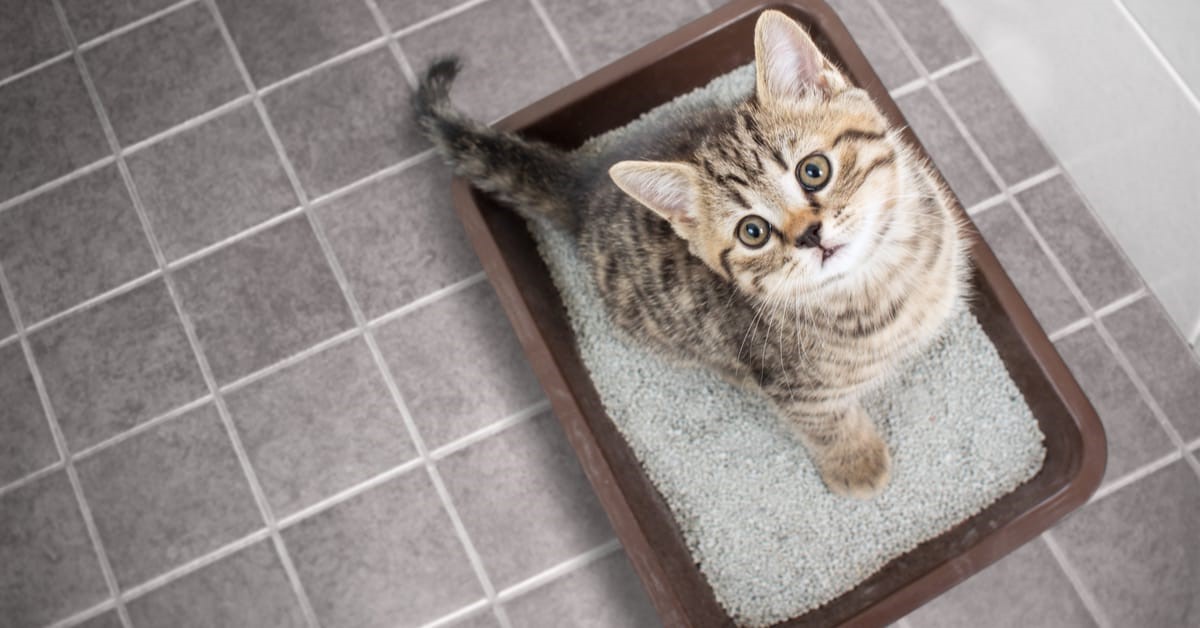
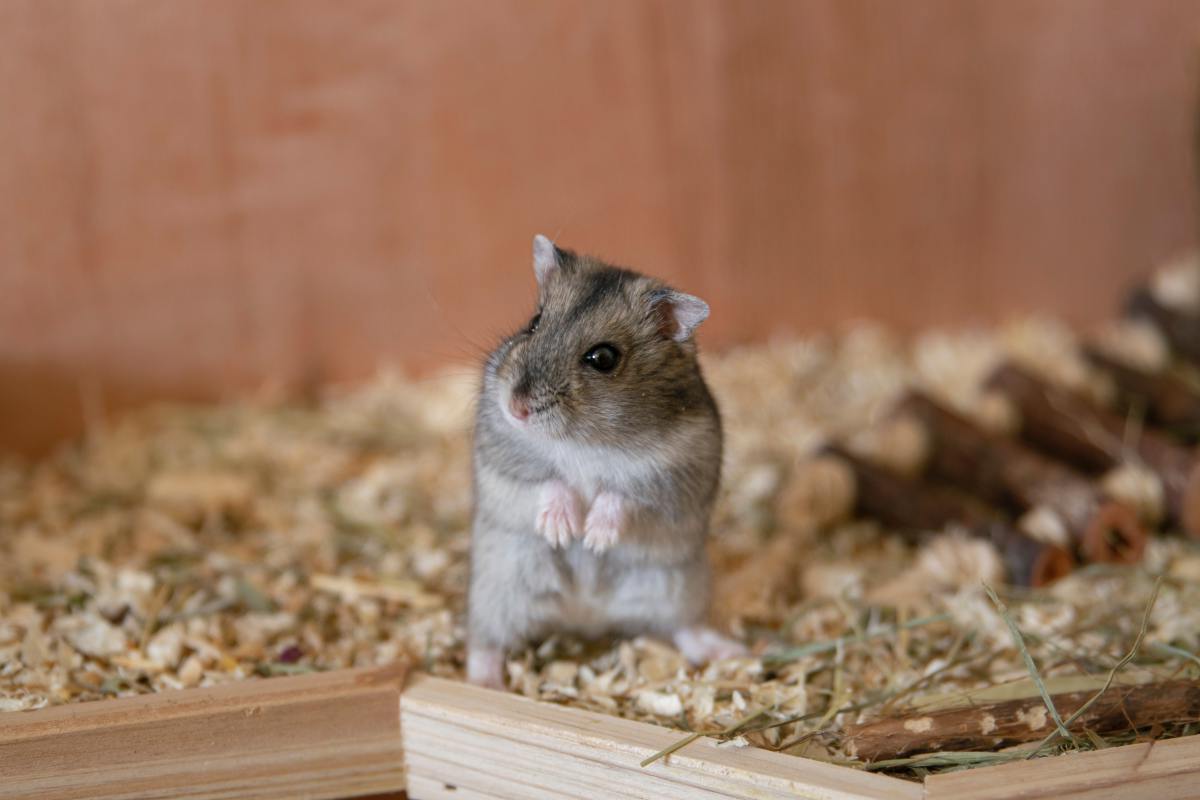
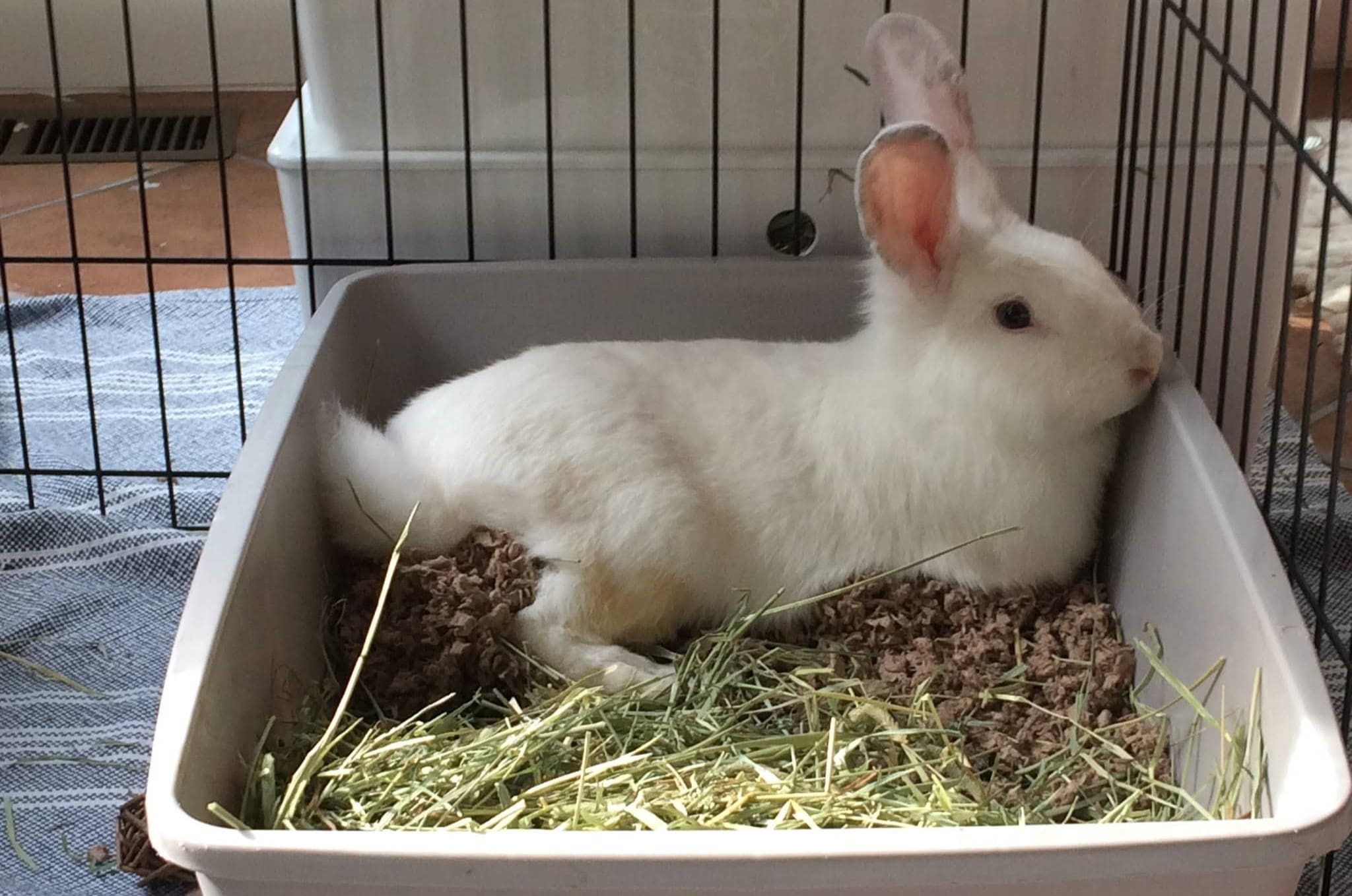
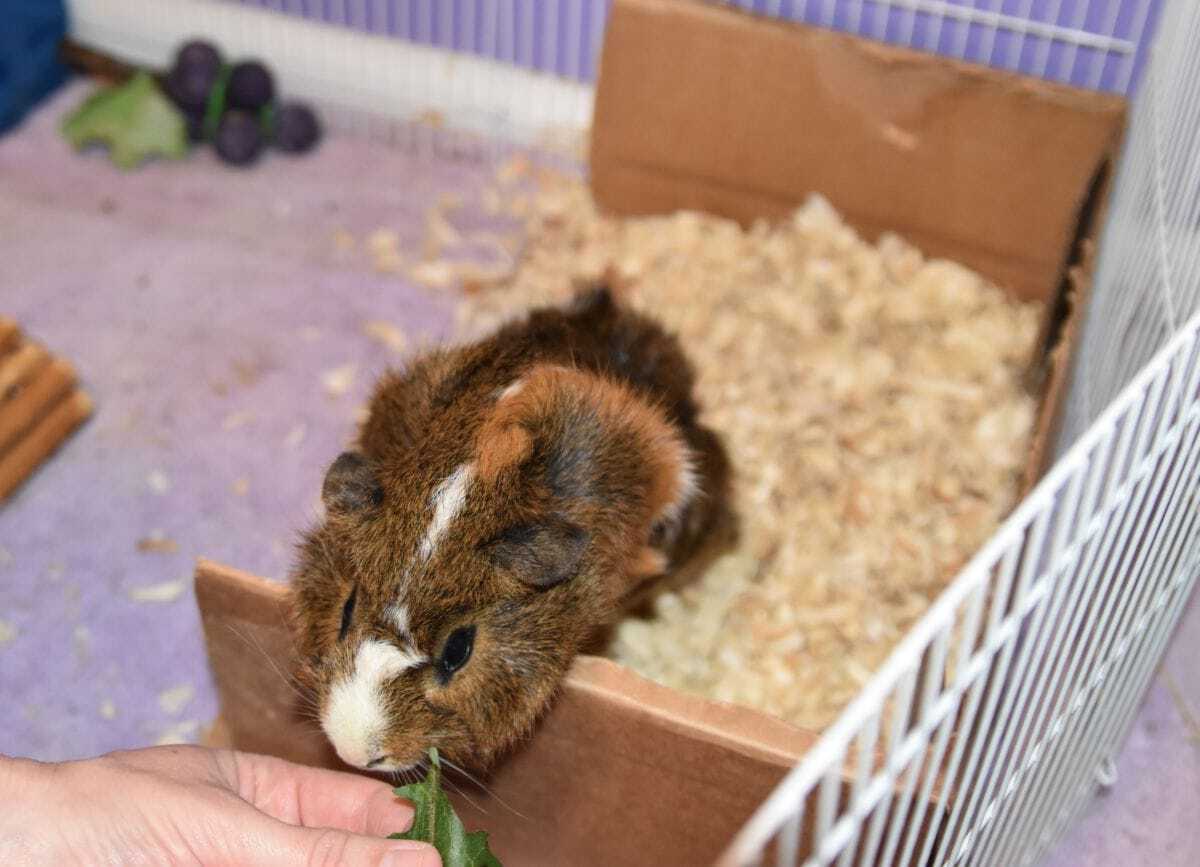
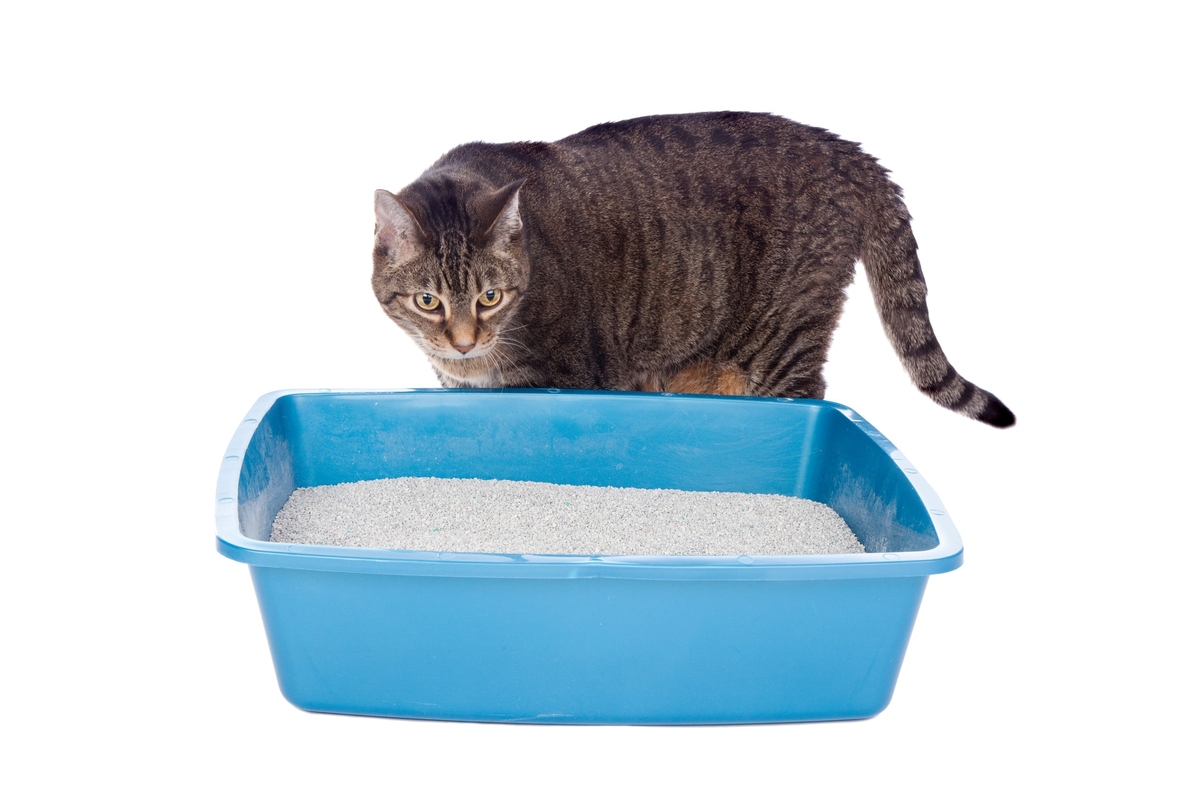
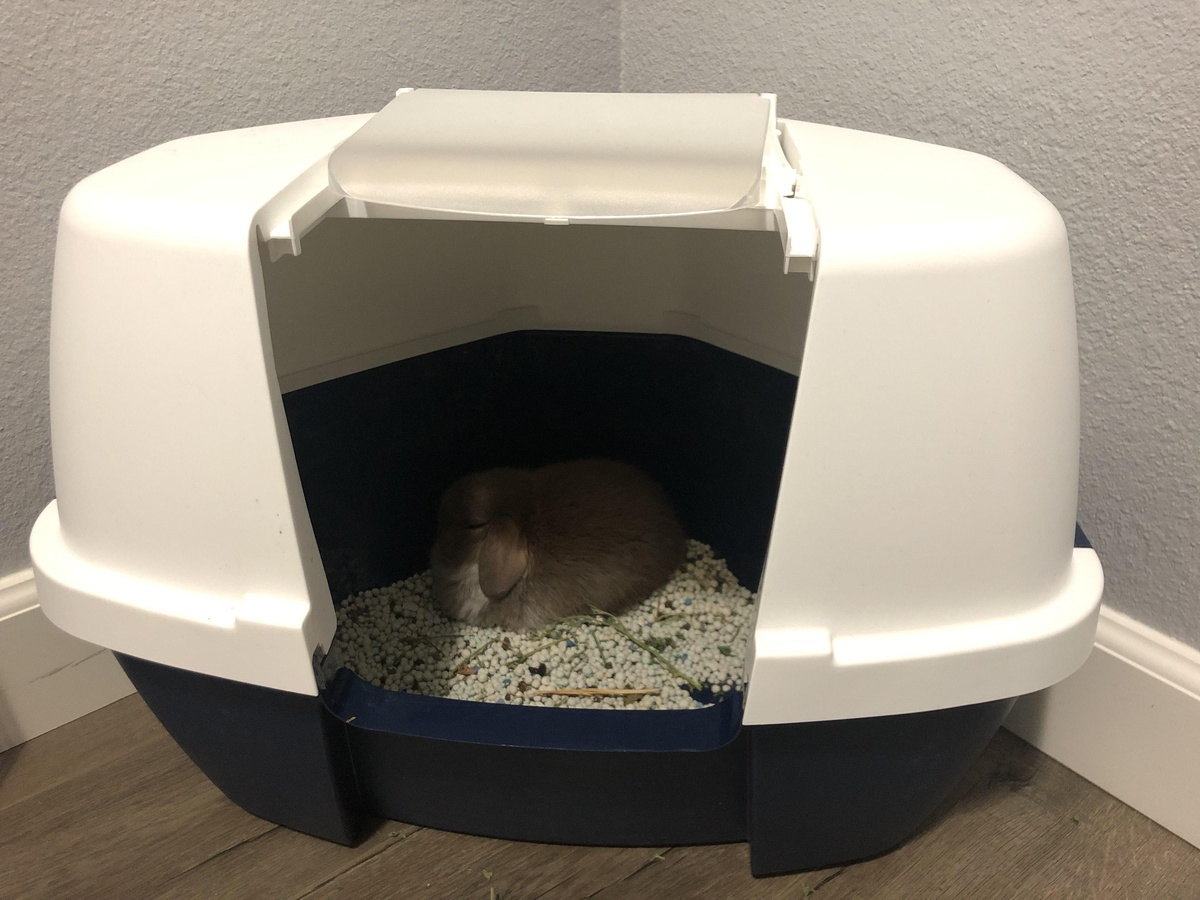
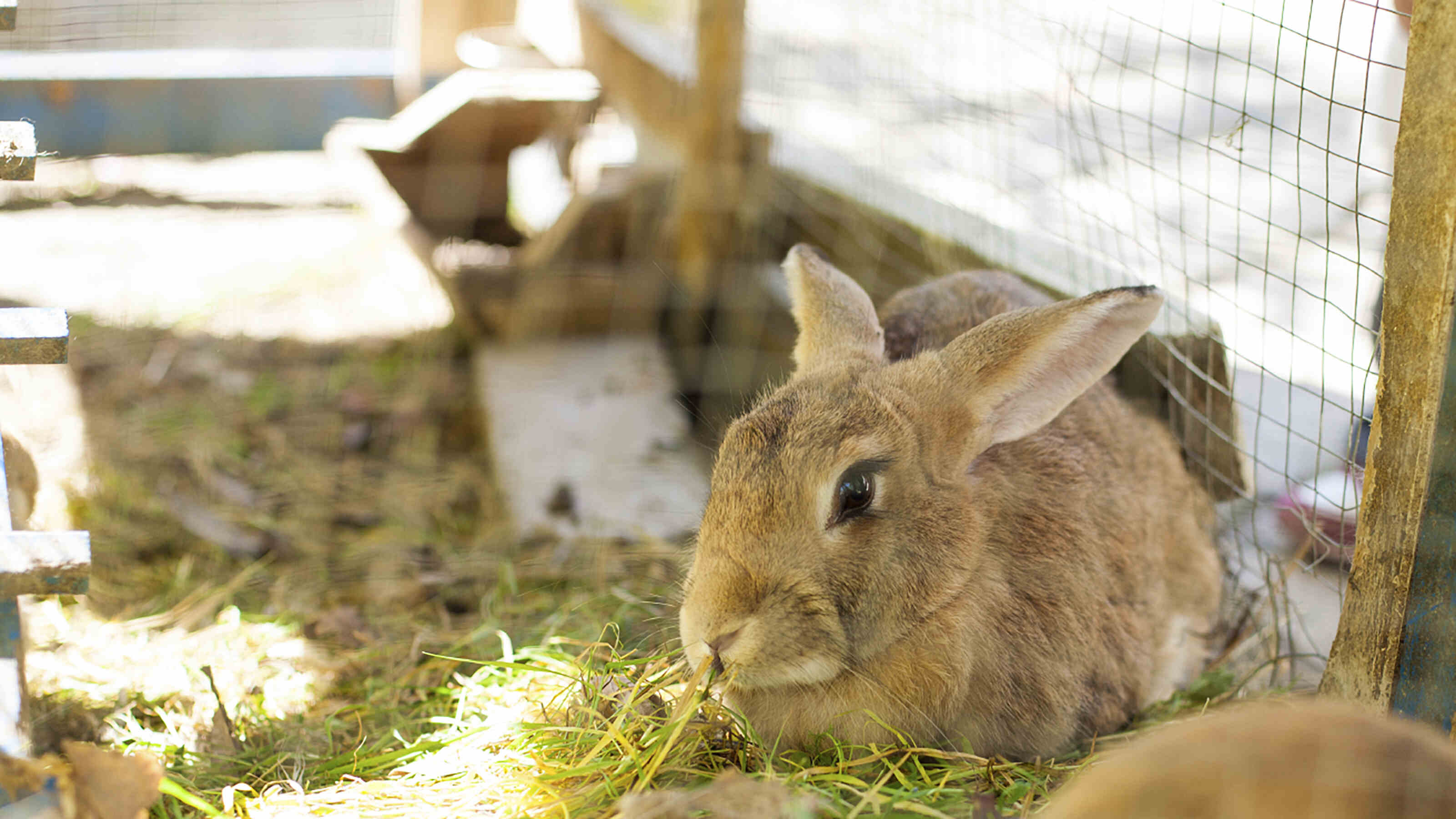

0 thoughts on “How To Litter Box Train A Rabbit”